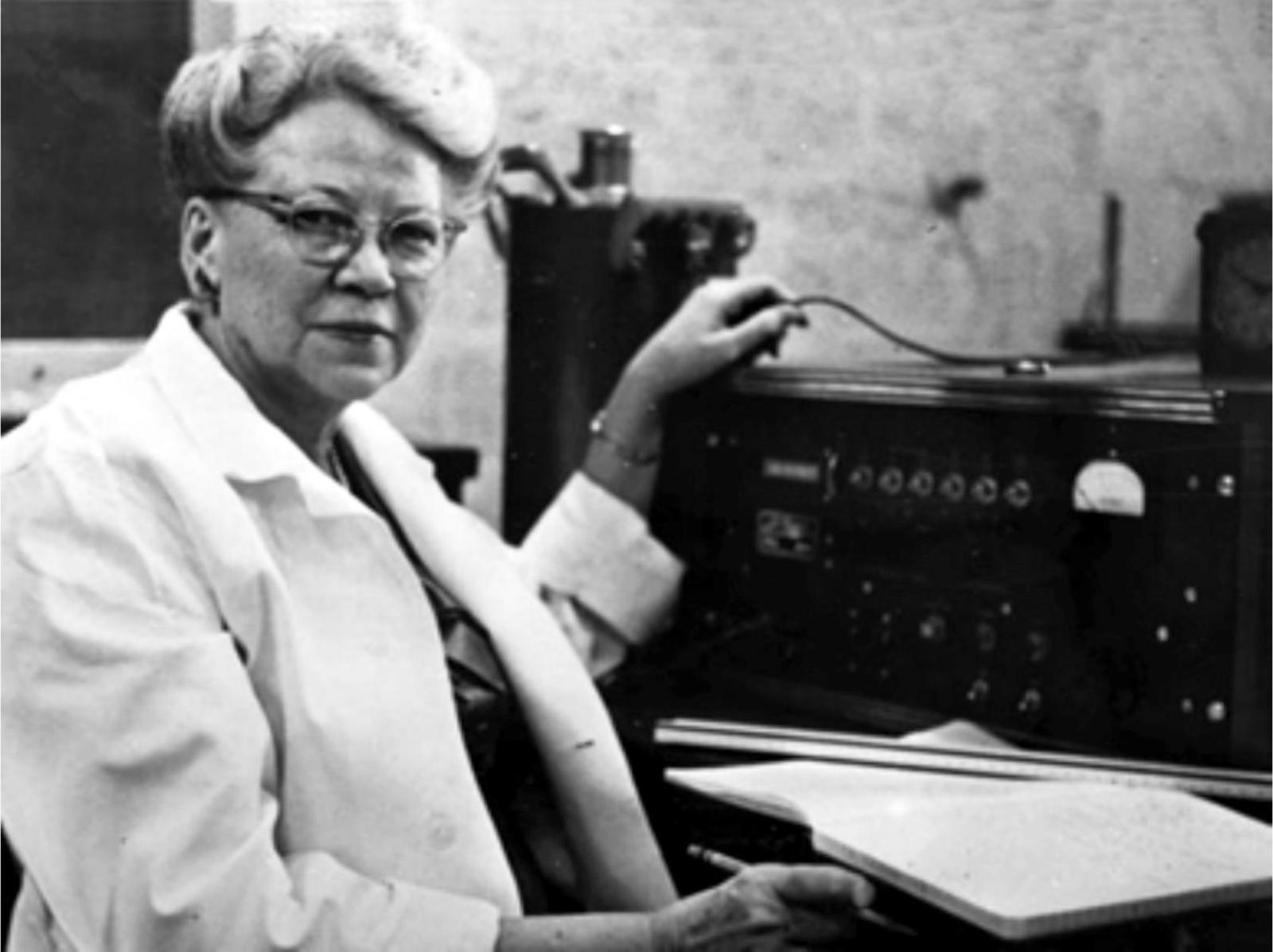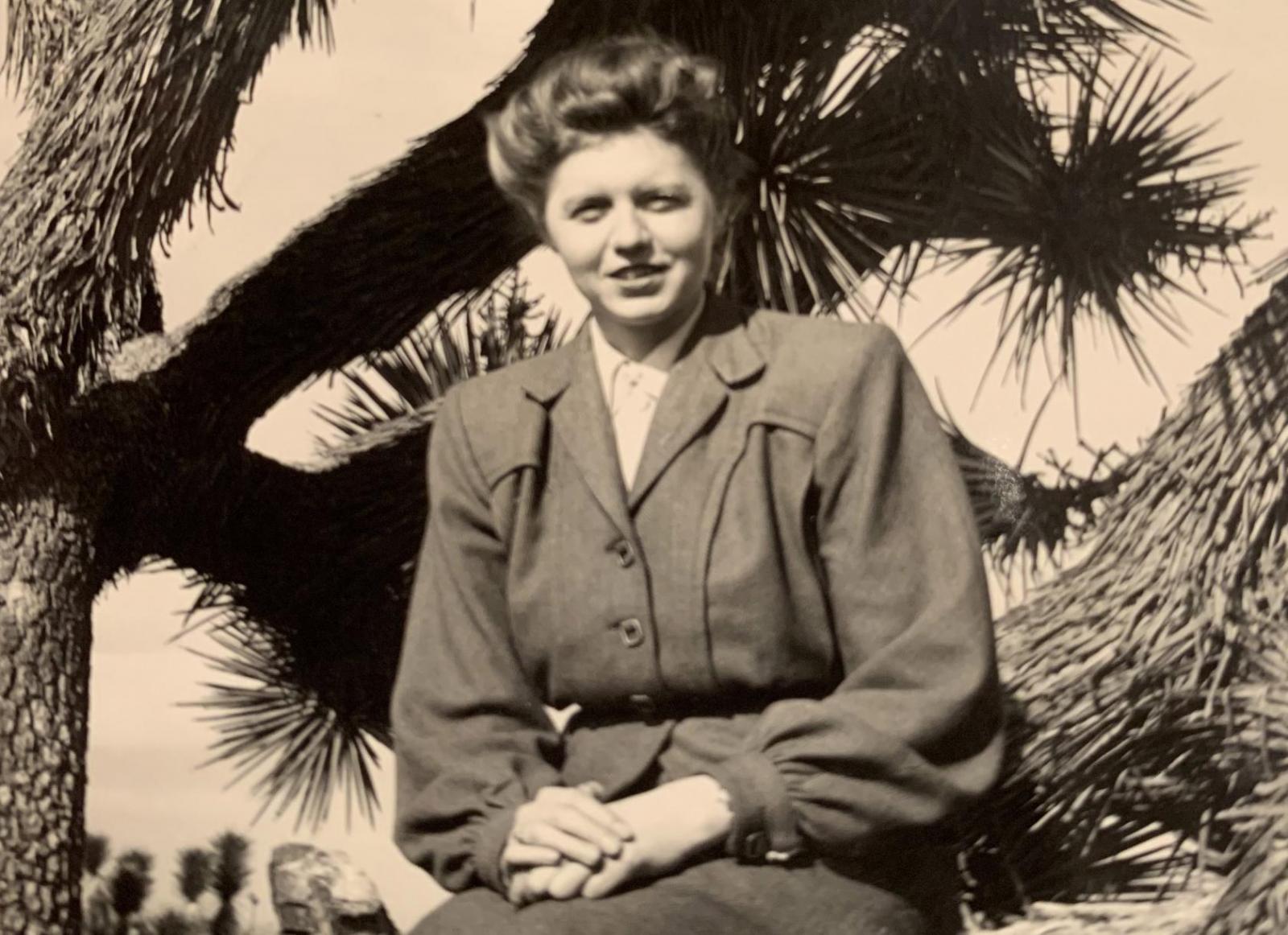Many women have made deep and lasting imprints on Columbia University Irving Medical Center over the years. Meet some of the remarkable clinicians, educators, scientists, and alumni from throughout history.
Edith Quimby
In 1919, when Edith Quimby, ScD, took a temporary job in what is now Columbia's Center for Radiological Research, X-rays and radium had been known for about 20 years, but their medical applications were still primitive.

Quimby's work-she stayed at the center for more than 60 years, rising to full professor-was instrumental in the development of radiation as a medical treatment. Her work focused on the medical effects of radiation, how to determine the precise dosage needed that would cause the fewest side effects, and the application of radioactive isotopes in the treatment of thyroid disease and the diagnosis of brain tumors
She is best remembered for the "Quimby Rules," a system used by radiation oncologists to guide placement of radium needles in tfor cancer treatment. She also co-authored "Physical Foundations of Radiology", the first physics textbook for radiologists.
"Quimby was an outstanding member of the group of four pioneers who can be described accurately with the title of their classic book," wrote former center director, Harald Rossi, of Quimby. "They built the "physical foundations of radiology."
Quimby received numerous honors and awards, among them the 1940 Janeway Medal from the American Radium Society, and in 1954, she became president of the society. The Edith H. Quimby Lifetime Achievement Award of the American Association of Physics in Medicine is named in her honor.
Barbara W. Low

Columbia's Barbara W. Low, DPhil, was part of an early wave of women who gained prominence in the field of X-ray crystallography, a technique that used X-rays to reveal the 3-dimensional shapes of molecules.
She was the last of a small cadre of women who rose to eminent positions in the male-dominated world of mid-20th century biomedical science, establishing a culture of inclusion that continues to shape other scientists' careers.
Low was one of the star students of 1964 Nobelist Dorothy Hodgkin, and together they solved the structure of penicillin during World War II. That work "was a tour de force," according to Columbia structural biologist Wayne Hendrickson, PhD, University Professor. "It was a huge undertaking at that time, and Low and Hodgkin pushed the technology of the day to new limits."
After Oxford, Low moved to the United States, eventually settling at Columbia University Vagelos College of Physicians and Surgeons in 1956 as an associate professor. There, she cemented her reputation as both an innovative researcher and a demanding but dedicated mentor.






